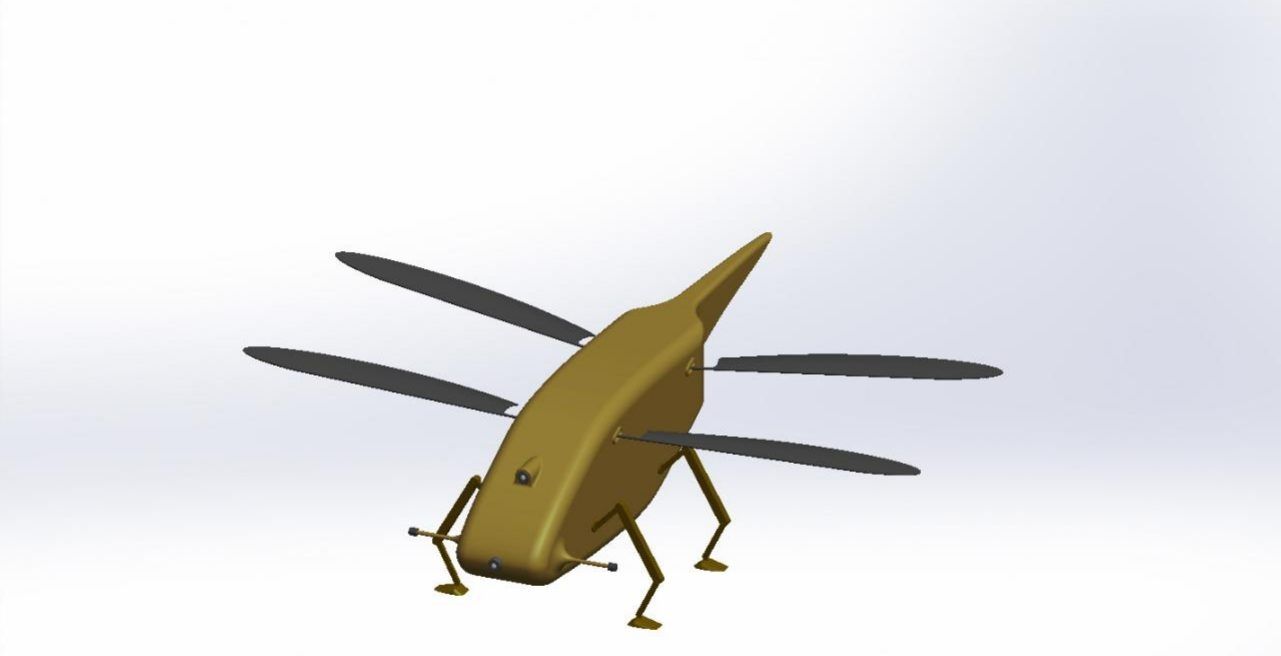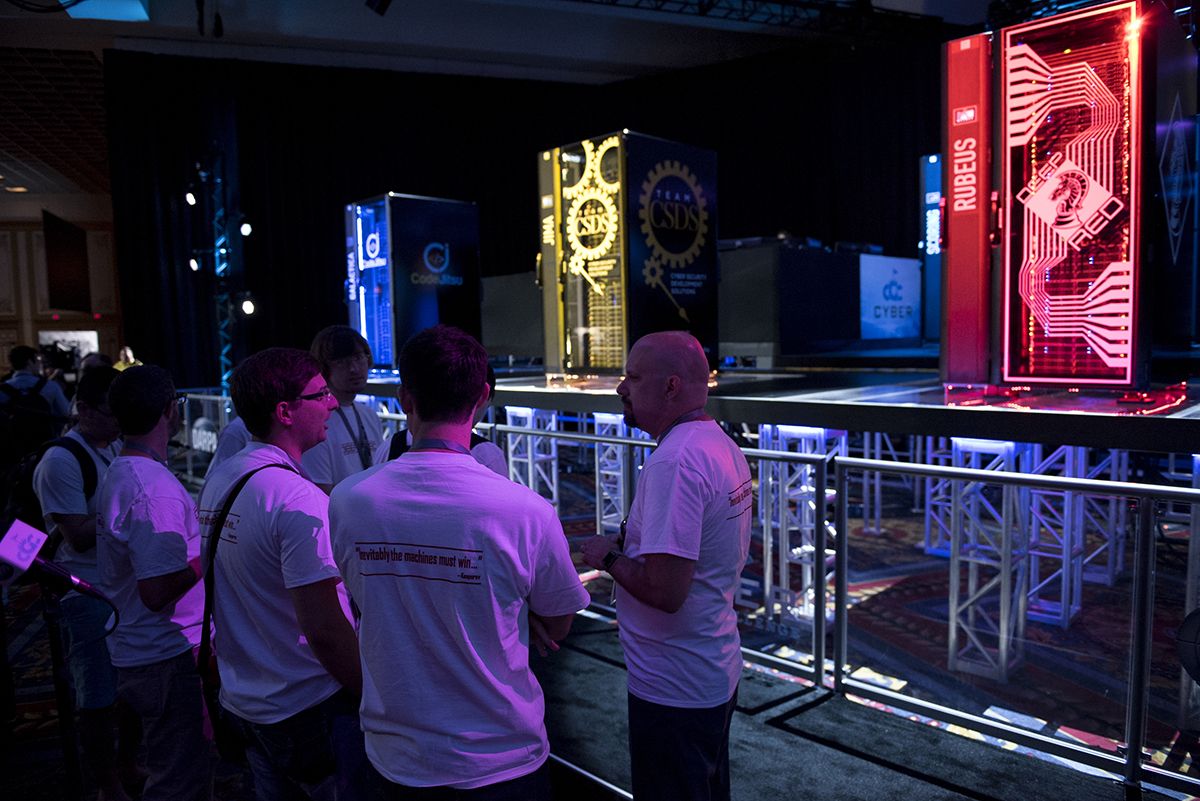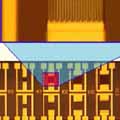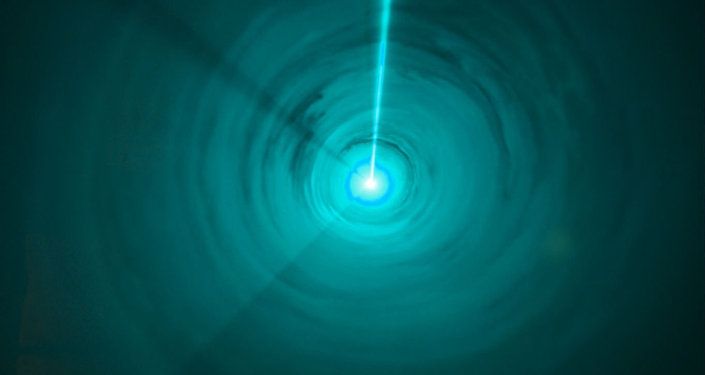Luv it; especially fabric to do time release meds, or bio release meds; or do communications via a shirt or jacket.
With the invention of technology-laden fabrics, otherwise known as smart textiles, we are able to benefit from multifunctional materials.
Smart textiles, also known as E-textiles, smart garments, tech fabrics, and smart fabrics, are materials based on technology that integrate advanced features beneficial to the wearer. In an interview with Forbes, Rebeccah Pailes-Friedman, smart textiles and wearable technologies expert stated, “what makes smart fabrics revolutionary is that they have the ability to do many things that traditional fabrics cannot, including communicate, transform, conduct energy and even grow.” And as crazy as it might sound, having computers and technology literally integrated into our clothing is not only acceptable but may one day be the norm.
“Smart textiles can be broken into two different categories: Aesthetic and Performance Enhancing,” says Forbes. And because of this, these technologically advanced textiles are being utilized by several different industries. Medical, beauty, sports, military, and fashion are taking advantage of such innovations to benefit its users in a way that’s seamlessly integrated into our lives. Excited to see what developments lay ahead, we’ll be exploring a few fabrics that may be in our closets, homes, and doctors offices sooner rather than later.











